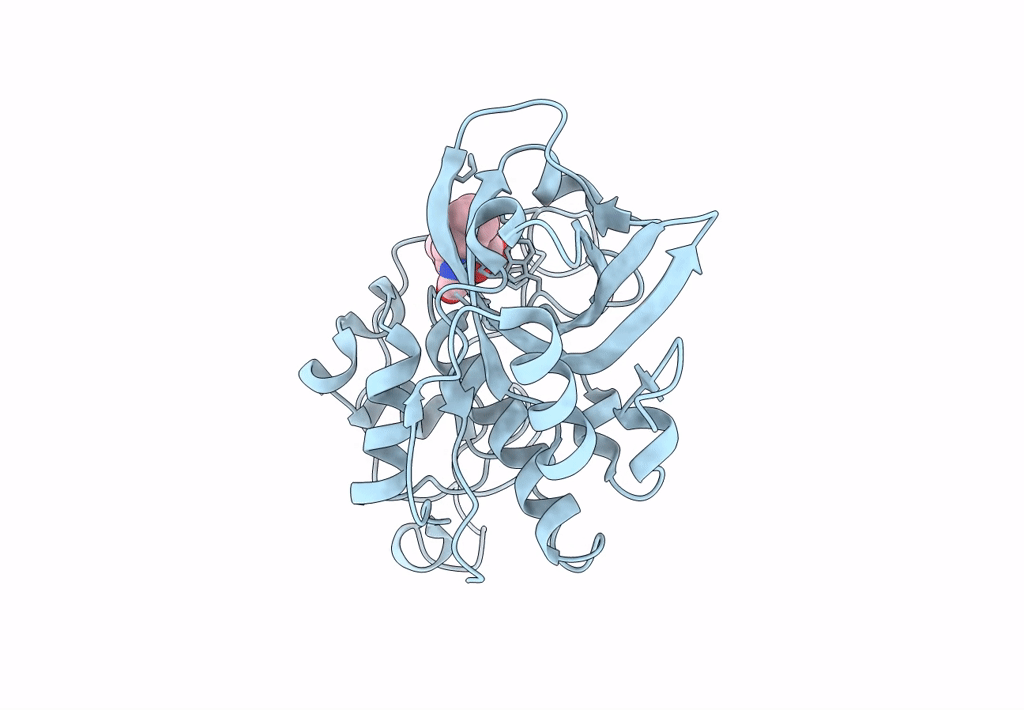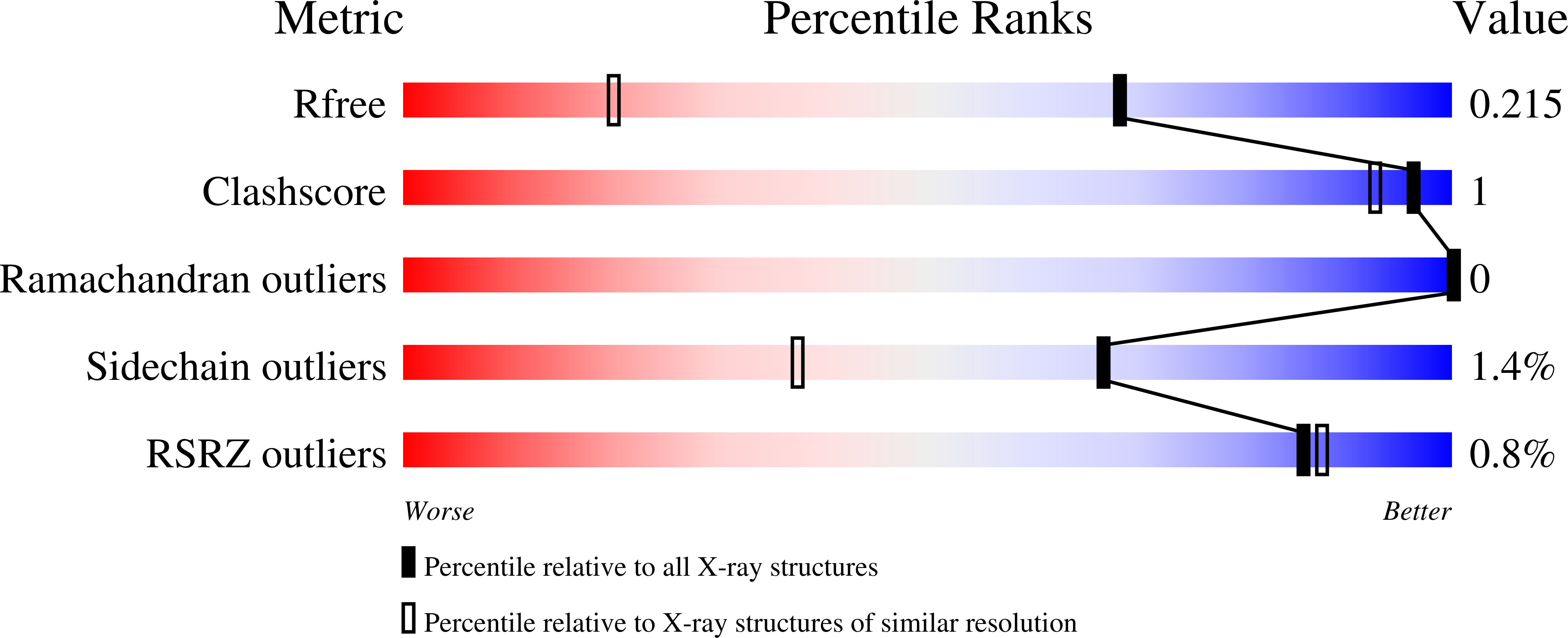
Deposition Date
2022-09-21
Release Date
2023-10-04
Last Version Date
2025-08-27
Method Details:
Experimental Method:
Resolution:
1.45 Å
R-Value Free:
0.20
R-Value Work:
0.17
R-Value Observed:
0.17
Space Group:
P 21 21 21


